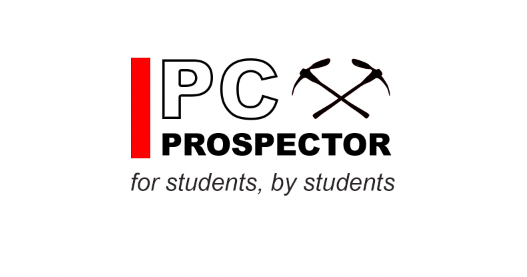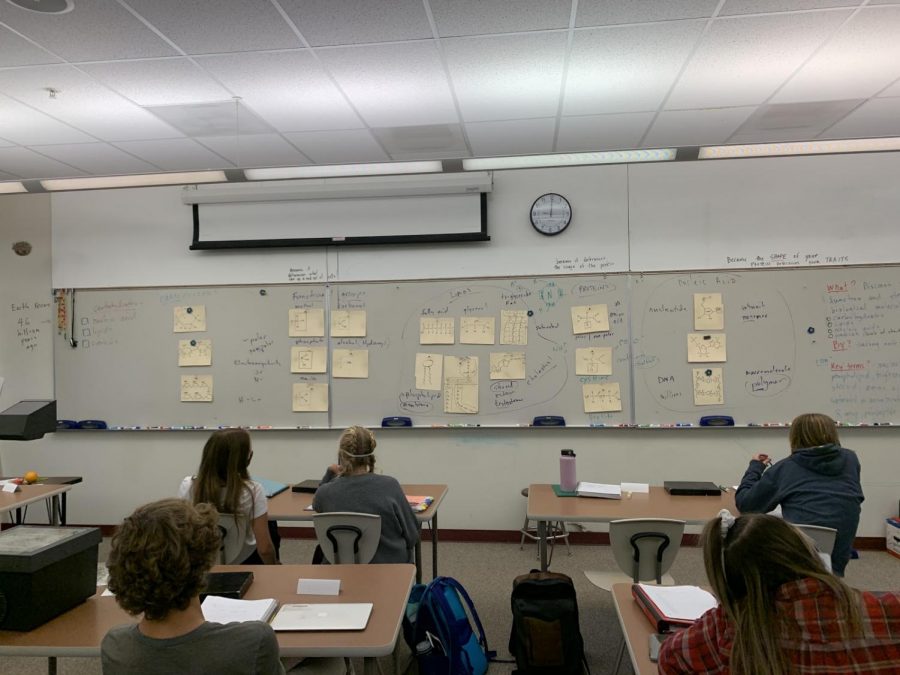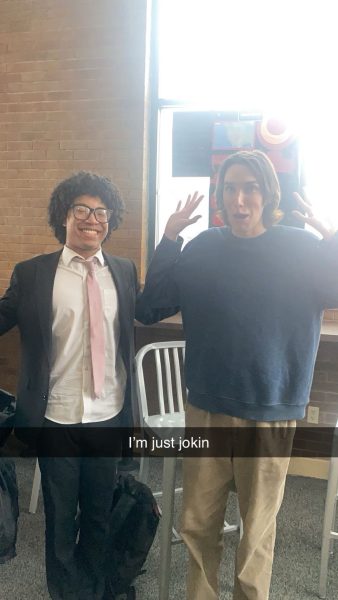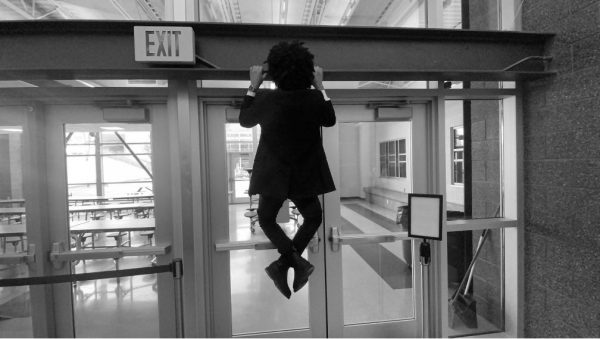Teaching with COVID-19
With the reopening of school during the COVID-19 pandemic, remote learning has been expectedly hard for students, but also hard for the teachers. Almost every teacher has to accommodate both in-person students as well as remote students at the same time. While teaching in class during Covid is a challenge due to masks, hygiene, and social distancing, teaching from home may be even harder.
Chemistry teacher Mr. Ray got quarantined for two weeks due to three positive coronavirus cases in one of his classes.
“The idea of online learning is that we can still connect to students through Zoom or some type of video conference,” he said.
While most teachers use Zoom, Google Meet is also a popular option for remote teaching.
Ray went on to describe his style of teaching remotely during his quarantine.
“I stayed on Zoom the whole class. The students who are in-class watched me through a projector. I had the kids at home go into breakout rooms with each other, while the kids in-class worked together, and I was there for questions and help,” he said.
Besides using Zoom for remote teaching, another tool given to teachers from the district is additional laptops, dedicated to live-streaming the class. Before the reopening of school, the original plan was to install a camera in each classroom that would be used to live-stream classes.
After a software company came and installed cameras into several different rooms, it was evident it wasn’t the right tool for remote teaching, and it didn’t function the way it was expected to.
“The laptops give us more bandwidth to teach at home. In terms of online programming, it’s open to whatever we want. Zoom is the easiest, Google Meet had some function issues if kids get kicked off the network. So I chose Zoom.” said Ray.
With the additional laptops live streaming the class, teachers can still use their personal laptops to deliver presentations, quizzes, and other learning activities to remote learners.
Although there are many challenges that come with remote teaching, the real challenge lies in the lack of physical connection between students and teachers.
“Teaching and learning, the same really difficult piece is that there’s not that physical connection of being in the same room as someone else,” said Ray.
He allowed students to turn off their screens if the video was choppy, or there was a poor connection but had no way of knowing if they were really still there.
While remote teaching and remote learning are hard for both the teachers and students, without the physical connection of being a person it makes communicating, learning, and teaching all less effective.
Ray added “the best thing to help students and teachers right now is to speak out.”
In other words, if students don’t ask questions or ask for help, then they won’t receive it. The same goes for teachers communicating with their students.
Chemistry Teacher Ms. Mooney, also had to teach online for two weeks. Her process was the same as Ray, teaching through Zoom while projecting herself in front of the class.
The piece of the puzzle that’s missing is how to use the remote learning tools, as teachers were never formally trained.
“They could improve remote learning by teaching us how to use it.” said Mooney. “I teach a class on a live call to my in-person and remote learners, and when I go home at 6:00 or 7:00 I have to make a video for the kids who are remote who don’t get on my call.”
Mr. Potts, the tech coach, is currently substituting for Ms. Hooker, an English teacher on leave. Without a tech coach available, there is no one to teach the teachers how to use remote teaching tools.
“Having someone to come in and help us with this stuff would be very helpful. The equipment is worth nothing if you’re 54 and don’t know how to use it,” said Mooney.
Remote learning is a part of our world, students and adults will be using Zoom and other online tools for years to come, whether you’re a student, teacher, or an adult with a full-time job. That’s why “everyone should learn how to use it,” said Mooney.
For now, teachers are doing the best they can during the COVID-19 pandemic.






